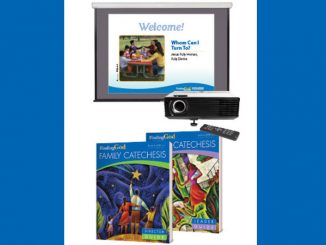 We sometimes get the notion that when Jesus performed miracles, the disciples just watched from the sidelines. Not so in the story of Jesus Feeding the 5000 in the Gospel of Mark (6:33–44)! In fact, when the disciples alert Jesus to the need to feed the crowds, Jesus’ response is “You give them something to eat.” (NIV) As the story progresses, the disciples do not remain passive. They do the following:
We sometimes get the notion that when Jesus performed miracles, the disciples just watched from the sidelines. Not so in the story of Jesus Feeding the 5000 in the Gospel of Mark (6:33–44)! In fact, when the disciples alert Jesus to the need to feed the crowds, Jesus’ response is “You give them something to eat.” (NIV) As the story progresses, the disciples do not remain passive. They do the following:
- take inventory of what is available (five loaves and two fish).
- arrange the crowds in groups of hundreds and fifties.
- distribute the loaves and fish.
- collect the leftovers.
In other words, the disciples were not passive learners! While the following percentages are not scientific, educators agree on the wisdom contained: we remember 10% of what we read; 20% of what we hear; 30% of what we see; and 90% of what we do. In other words, learning is most effective when it is active and not passive. For example, I remind catechists all the time that showing videos is great but involves more than pressing the “Play” button. My questions are, “What will you ask viewers to do to prepare for the video?” “What are learners supposed to do while viewing?” and “What will you ask learners to do after viewing the video?”
I almost never show a video without giving learners some type of interactive viewing guide that engages them with the theme of the video they are about to view; alerts them for what to look for while viewing; prompts them to jot down ideas, insights, and questions that surface while viewing; and then serves as a resource for discussion and activity after viewing. (You’ll find these kinds of strategies and prompts in the catechist guides and viewing guides for the God’s Gift: Eucharist and Reconciliation Video Series, which I proudly had a hand in creating.)
Without these strategies, viewing a video becomes a passive act—as if Jesus told the disciples to sit back and watch while he fed the 5000. Like Jesus in Mark’s version of the Feeding of the 5000, we need to put our disciples to work—cooperating with us catechists and with the Holy Spirit to notice and experience God’s nourishing and over-abundant graces.




Be the first to comment